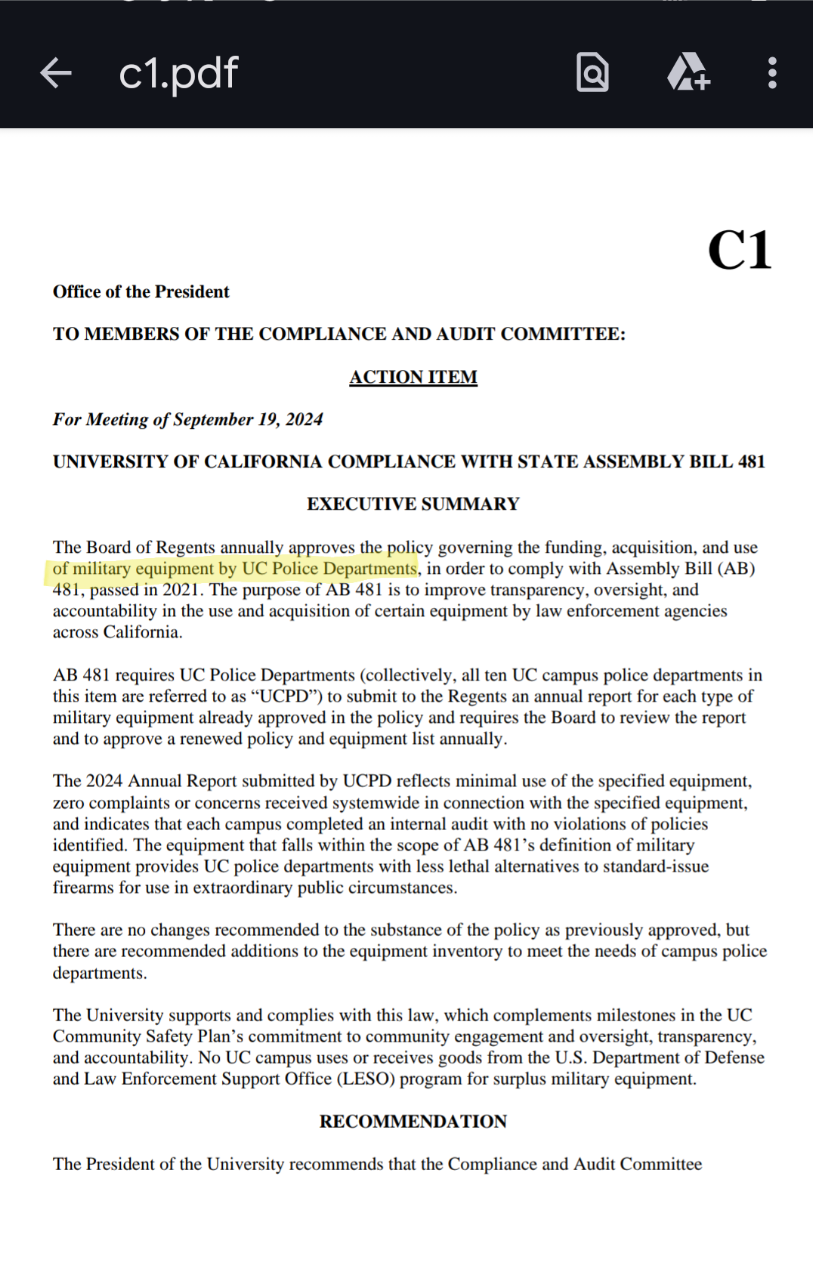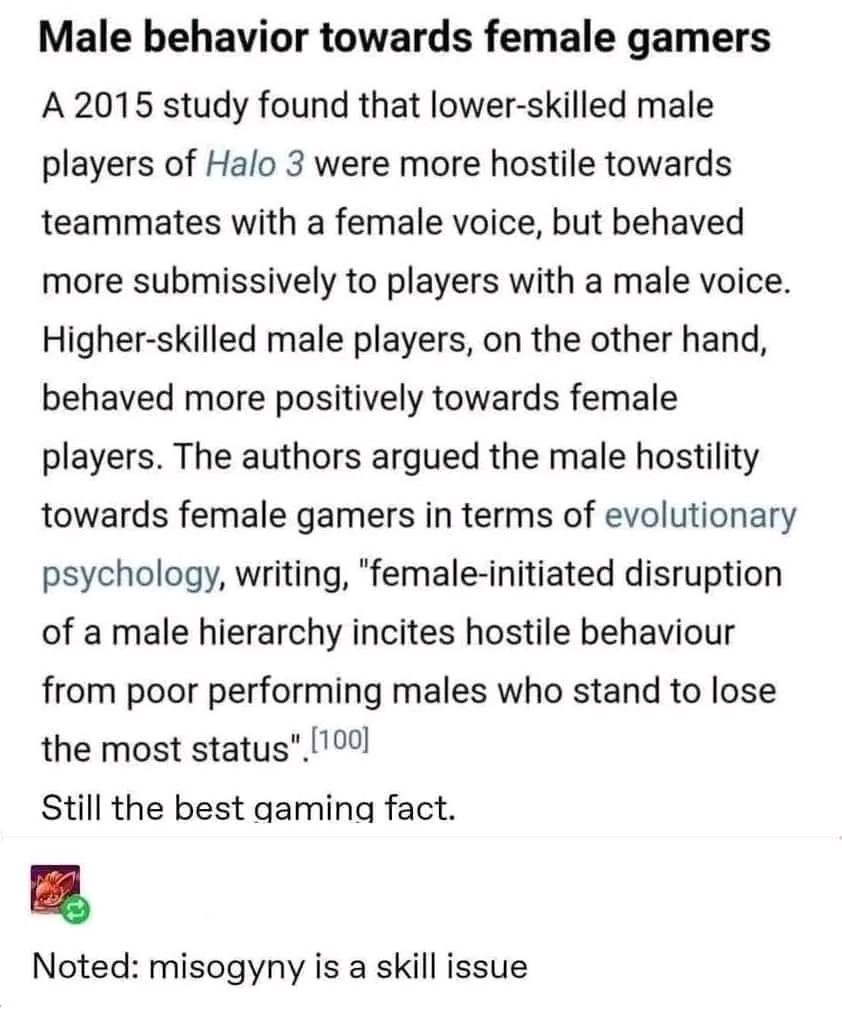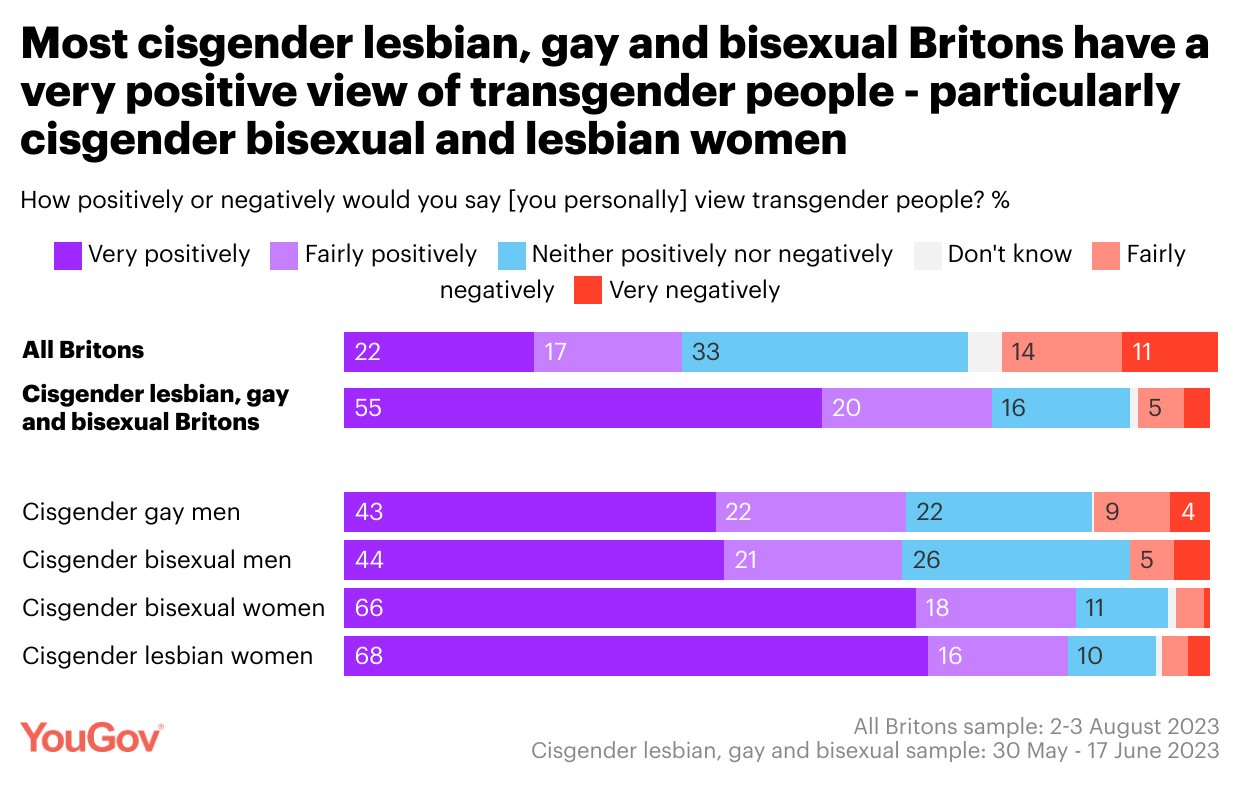

spoiler
Each time you use AI to generate an image, write an email, or ask a chatbot a question, it comes at a cost to the planet.
In fact, generating an image using a powerful AI model takes as much energy as fully charging your smartphone, according to a new study by researchers at the AI startup Hugging Face and Carnegie Mellon University. However, they found that using an AI model to generate text is significantly less energy-intensive. Creating text 1,000 times only uses as much energy as 16% of a full smartphone charge.
Their work, which is yet to be peer reviewed, shows that while training massive AI models is incredibly energy intensive, it’s only one part of the puzzle. Most of their carbon footprint comes from their actual use.
The study is the first time researchers have calculated the carbon emissions caused by using an AI model for different tasks, says Sasha Luccioni, an AI researcher at Hugging Face who led the work. She hopes understanding these emissions could help us make informed decisions about how to use AI in a more planet-friendly way.
Luccioni and her team looked at the emissions associated with 10 popular AI tasks on the Hugging Face platform, such as question answering, text generation, image classification, captioning, and image generation. They ran the experiments on 88 different models. For each of the tasks, such as text generation, Luccioni ran 1,000 prompts, and measured the energy used with a tool she developed called Code Carbon. Code Carbon makes these calculations by looking at the energy the computer consumes while running the model. The team also calculated the emissions generated by doing these tasks using eight generative models, which were trained to do different tasks.
Generating images was by far the most energy- and carbon-intensive AI-based task. Generating 1,000 images with a powerful AI model, such as Stable Diffusion XL, is responsible for roughly as much carbon dioxide as driving the equivalent of 4.1 miles in an average gasoline-powered car. In contrast, the least carbon-intensive text generation model they examined was responsible for as much CO2 as driving 0.0006 miles in a similar vehicle. Stability AI, the company behind Stable Diffusion XL, did not respond to a request for comment.
AI startup Hugging Face has undertaken the tech sector’s first attempt to estimate the broader carbon footprint of a large language model.
The study provides useful insights into AI’s carbon footprint by offering concrete numbers and reveals some worrying upward trends, says Lynn Kaack, an assistant professor of computer science and public policy at the Hertie School in Germany, where she leads work on AI and climate change. She was not involved in the research.
These emissions add up quickly. The generative-AI boom has led big tech companies to integrate powerful AI models into many different products, from email to word processing. These generative AI models are now used millions if not billions of times every single day.
The team found that using large generative models to create outputs was far more energy intensive than using smaller AI models tailored for specific tasks. For example, using a generative model to classify movie reviews according to whether they are positive or negative consumes around 30 times more energy than using a fine-tuned model created specifically for that task, Luccioni says. The reason generative AI models use much more energy is that they are trying to do many things at once, such as generate, classify, and summarize text, instead of just one task, such as classification.
Luccioni says she hopes the research will encourage people to be choosier about when they use generative AI and opt for more specialized, less carbon-intensive models where possible.
“If you’re doing a specific application, like searching through email … do you really need these big models that are capable of anything? I would say no,” Luccioni says.
The energy consumption associated with using AI tools has been a missing piece in understanding their true carbon footprint, says Jesse Dodge, a research scientist at the Allen Institute for AI, who was not part of the study.
Comparing the carbon emissions from newer, larger generative models and older AI models is also important, Dodge adds. “It highlights this idea that the new wave of AI systems are much more carbon intensive than what we had even two or five years ago,” he says.
Google once estimated that an average online search used 0.3 watt-hours of electricity, equivalent to driving 0.0003 miles in a car. Today, that number is likely much higher, because Google has integrated generative AI models into its search, says Vijay Gadepally, a research scientist at the MIT Lincoln lab, who did not participate in the research.
Not only did the researchers find emissions for each task to be much higher than they expected, but they discovered that the day-to-day emissions associated with using AI far exceeded the emissions from training large models. Luccioni tested different versions of Hugging Face’s multilingual AI model BLOOM to see how many uses would be needed to overtake training costs. It took over 590 million uses to reach the carbon cost of training its biggest model. For very popular models, such as ChatGPT, it could take just a couple of weeks for such a model’s usage emissions to exceed its training emissions, Luccioni says.
This is because large AI models get trained just once, but then they can be used billions of times. According to some estimates, popular models such as ChatGPT have up to 10 million users a day, many of whom prompt the model more than once.
Studies like these make the energy consumption and emissions related to AI more tangible and help raise awareness that there is a carbon footprint associated with using AI, says Gadepally, adding, “I would love it if this became something that consumers started to ask about.”
Dodge says he hopes studies like this will help us to hold companies more accountable about their energy usage and emissions.
“The responsibility here lies with a company that is creating the models and is earning a profit off of them,” he says.


















deleted by creator